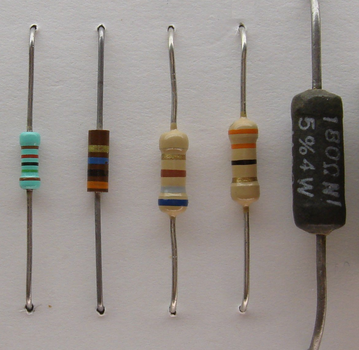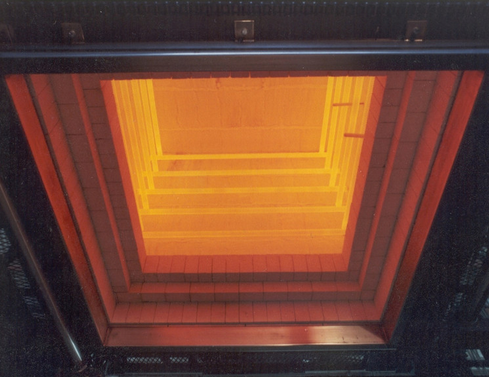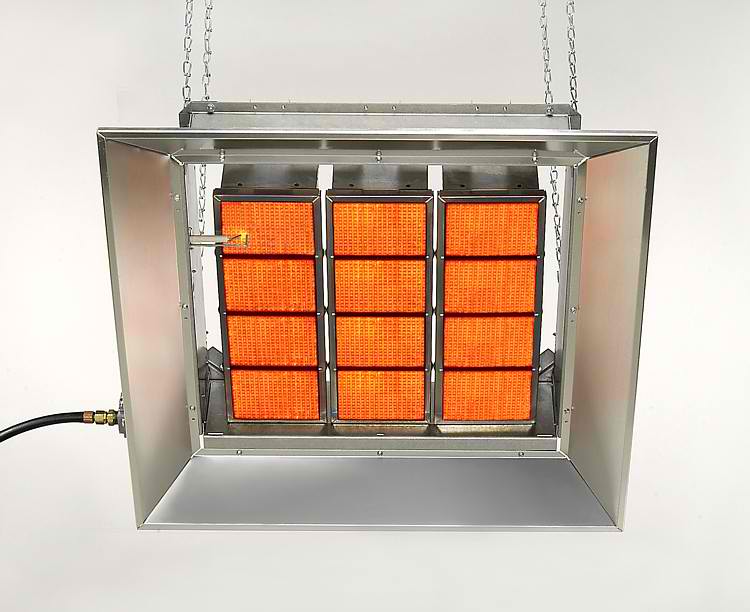Introduction
Nichrome (NiCr, nickel-chrome, chrome-nickel, etc.)
generally refers to any alloy of nickel, chromium, and often iron and/or other
elements or substances. Nichrome alloys are typically used in resistance wire.
They are also used in some dental restorations (fillings) and in other
applications.
Usage:
Nichrome is used in a very wide variety of devices
where electric heating is required.
Nichrome is used in the explosives and fireworks
industry as a bridgewire in electric ignition systems, such as electric matches
and model rocket igniters.
Industrial and hobby hot-wire foam cutters use
nichrome wire.
Nichrome wire is commonly used in ceramic as an
internal support structure to help some elements of clay sculptures hold their
shape while they are still soft. Nichrome wire is used for its ability to
withstand the high temperatures that occur when clay work is fired in a kiln.
Nichrome wire can be used as an alternative to
platinum wire for flame testing by colouring the non-luminous part of a flame
to detect cations such as sodium, potassium, copper, calcium etc.
The alloy tends to be expensive due to its high nickel
content. Distributor pricing is typically indexed to market prices for nickel.
For heating, resistance wire must be stable in air
when hot. Nichrome wire forms a protective layer of chromium oxide.
Nichrome may be also used as the coils of electronic
cigarettes for vaping.




